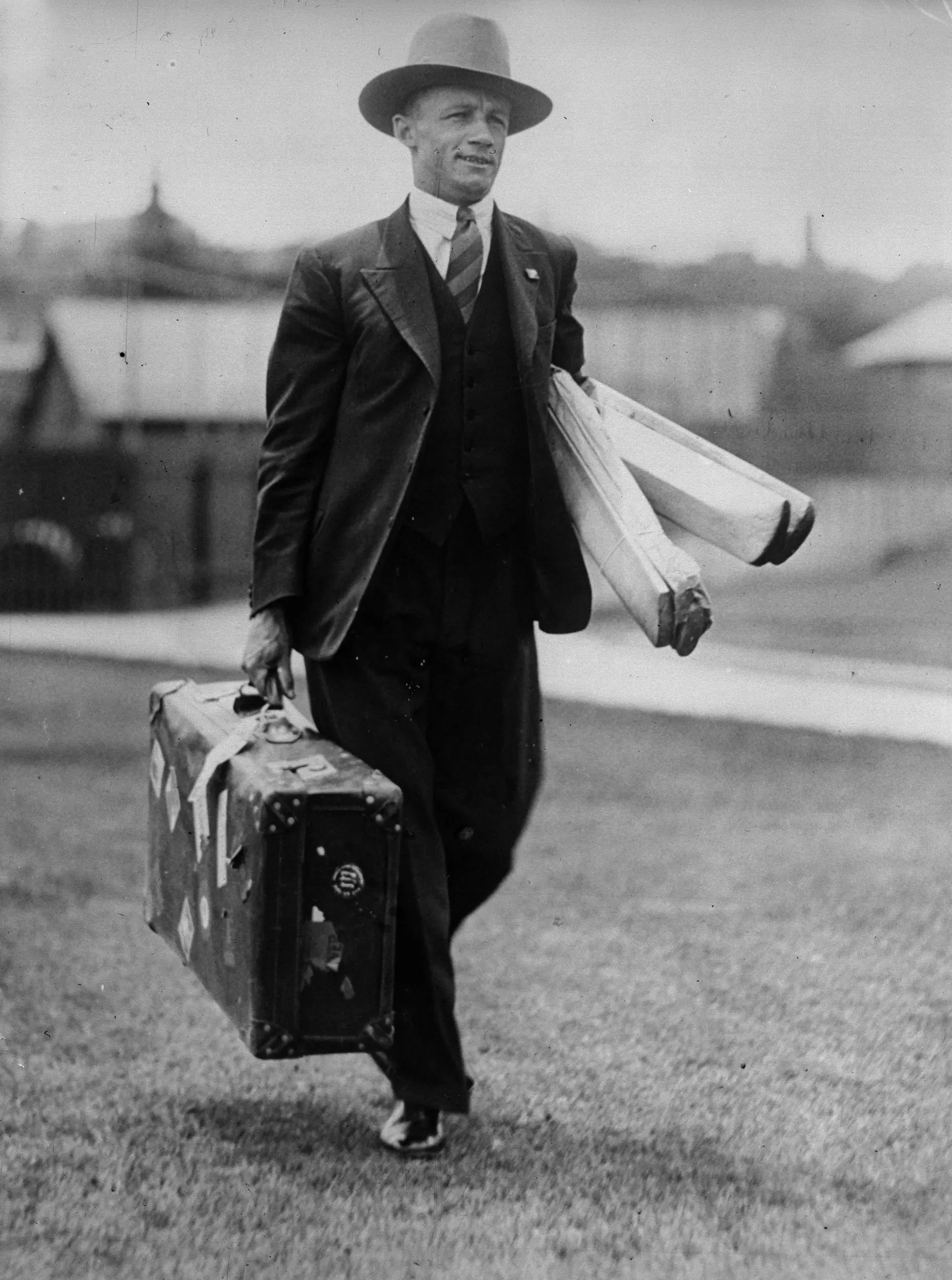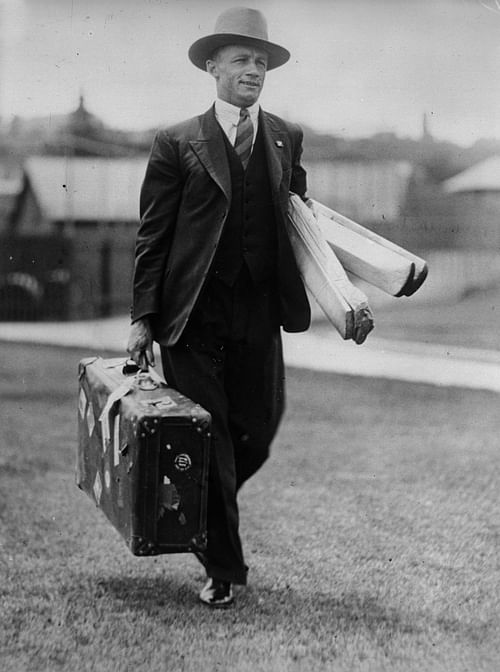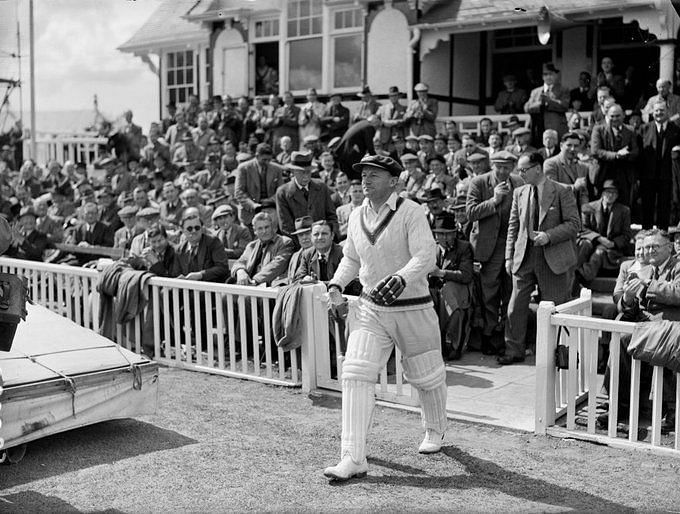
Ominous start to Don Bradman’s first tour of England in 1930

Young Don Bradman sailed for England with the 1930 Australian team under a new skipper, Bill Woodfull. Cricket would henceforth never be the same again, and the name Bradman would be the first to be written down in the record books forever.
It seemed the whole of England was waiting eagerly to see the young sensation in action. From the moment the Australians touched shore in Southampton, there was an air of expectancy. When he made his first appearance at Worcester, Bradman was filmed by Movietone News.
It did not take long for him to dispel all the doubts about his ability to cope with English conditions. He scored a splendid 236 against Worcestershire, and followed it up with an unbeaten 185 versus Leicestershire. Not long after, Bradman hammered an unbeaten 252 in four hours at The Oval. The opponents were Surrey, led by the cynical Percy Fender. Bradman had made his point.
As John Woodcock wrote in The Times, London, “Fender had some amending to do. As Surrey’s captain he found that setting a field to Bradman, whether in England or anywhere else, was like trying to cage the wind.” For good measure Bradman hammered the Hampshire bowlers for 191.
A thousand runs before the end of May
To score a thousand runs before the end of May was a true test of batting technique in often cold, wet and dismal conditions, with the ball darting about in the air and off the seam. Bradman became the youngest to achieve this coveted feat between April 30 and May 31. That was the appetizer. The main course was to follow soon.
On his first Test appearance in England at Trent Bridge - also the first Test to be broadcast on radio - Maurice Tate dismissed him cheaply, just as he had done on debut in Brisbane, this time castling him for 8. But in the second innings Bradman played a splendid hand in adversity. Faced with a daunting target of 429 runs, Woodfull was dismissed by Harold Larwood with just 12 on the board.
Bradman, now promoted to no. 3, shared useful stands with Bill Ponsford, Alan Kippax and Stan McCabe. He brought up his third Test century. Having scored 131 of the 217 runs while he was at the crease, Bradman was bowled by Walter Robins. With him went Australia’s hopes, and they were beaten by 93 runs.
This was, however, just the beginning of the Bradman summer of 1930.
(Excerpts from Indra Vikram Singh’s book ‘Don’s Century’).
